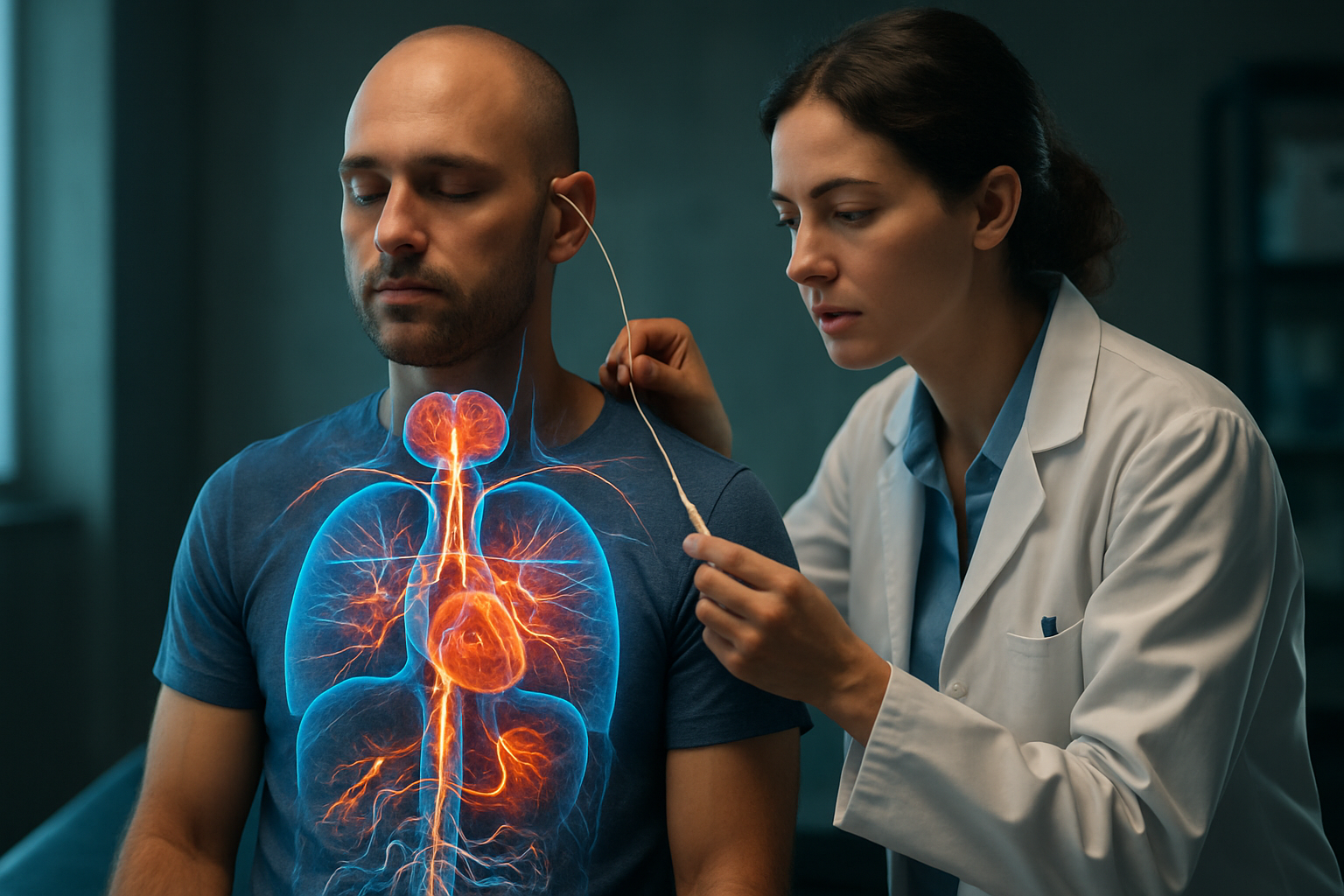Bioelectric Mapping: Revolutionizing Personalized Health Care
Are you ready to embark on a journey into the cutting-edge world of personalized medicine? Imagine a future where your unique bioelectric signature guides your health decisions, tailoring treatments to your body's specific needs. Welcome to the fascinating realm of bioelectric mapping – a groundbreaking approach that's reshaping our understanding of human health and wellness.

The Science Behind Bioelectric Mapping
At its core, bioelectric mapping is based on the principle that all living cells generate electrical activity. This bioelectricity plays a crucial role in various physiological processes, from nerve signal transmission to muscle contraction. By measuring and analyzing these electrical patterns, scientists can gain valuable insights into the functioning of different organs and systems within the body.
The technology behind bioelectric mapping has evolved significantly in recent years. Advanced sensors, capable of detecting minute electrical signals, are now coupled with powerful algorithms that can process and interpret vast amounts of data. This combination allows for the creation of detailed, three-dimensional maps of the body’s electrical activity, providing a holistic view of an individual’s health status.
Applications in Disease Detection and Prevention
One of the most promising applications of bioelectric mapping is in the early detection of diseases. By identifying abnormal electrical patterns, healthcare professionals can potentially spot the signs of various conditions long before they manifest as physical symptoms. This early warning system could revolutionize preventive medicine, allowing for timely interventions and potentially saving countless lives.
For instance, researchers are exploring the use of bioelectric mapping in cancer detection. Studies have shown that cancerous cells often exhibit distinct electrical properties compared to healthy cells. By mapping these differences, it may be possible to identify tumors at a much earlier stage, significantly improving treatment outcomes.
Personalizing Treatment Plans
Bioelectric mapping is also paving the way for highly personalized treatment plans. By understanding an individual’s unique bioelectric profile, healthcare providers can tailor interventions to maximize effectiveness while minimizing side effects. This approach is particularly promising in fields such as neurology and cardiology, where electrical activity plays a crucial role in organ function.
In the realm of mental health, bioelectric mapping could revolutionize the treatment of conditions like depression and anxiety. By visualizing the brain’s electrical patterns, psychiatrists may be able to identify specific areas of dysfunction and develop targeted therapies, moving beyond the current one-size-fits-all approach to medication.
Optimizing Wellness and Performance
Beyond disease management, bioelectric mapping has exciting implications for overall wellness and performance optimization. Athletes and fitness enthusiasts could use this technology to fine-tune their training regimens, identifying areas of muscular imbalance or inefficiency. Similarly, individuals seeking to improve their cognitive function could leverage bioelectric data to optimize their brain’s performance through targeted exercises and lifestyle adjustments.
In the workplace, bioelectric mapping could help prevent burnout and enhance productivity by providing real-time feedback on stress levels and cognitive load. Imagine a future where your smartwatch not only tracks your steps but also monitors your bioelectric patterns, offering personalized recommendations to maintain peak mental and physical performance throughout the day.
Challenges and Ethical Considerations
While the potential of bioelectric mapping is immense, it’s not without challenges. The technology is still in its early stages, and more research is needed to fully understand the complexities of bioelectric patterns and their implications for health. Additionally, the vast amount of personal data generated by this technology raises important privacy and ethical concerns that must be carefully addressed.
There’s also the question of accessibility. As with many cutting-edge medical technologies, there’s a risk that bioelectric mapping could initially be available only to a privileged few, potentially exacerbating healthcare disparities. Efforts must be made to ensure that this powerful tool becomes widely accessible and benefits all segments of society.
Electrifying Facts About Bioelectricity
- The human body generates enough electricity to power a small LED light bulb
- Bioelectric signals play a crucial role in embryonic development, guiding the formation of organs and limbs
- Some animals, like electric eels, can generate powerful electric fields for hunting and self-defense
- The heart’s electrical system can continue to function even when removed from the body, as long as it receives oxygen
- Bioelectric therapies, such as transcranial direct current stimulation (tDCS), are being explored for treating various neurological conditions
As we stand on the brink of a new era in healthcare, bioelectric mapping emerges as a powerful tool with the potential to transform our approach to health and wellness. By decoding the body’s electrical language, we gain unprecedented insights into our physiological processes, opening up new avenues for disease prevention, personalized treatment, and optimized performance. While challenges remain, the future of bioelectric mapping is bright, promising a world where healthcare is truly tailored to the individual. As this technology continues to evolve, it may well become an integral part of our journey towards holistic well-being, empowering us to take charge of our health in ways we never thought possible.




